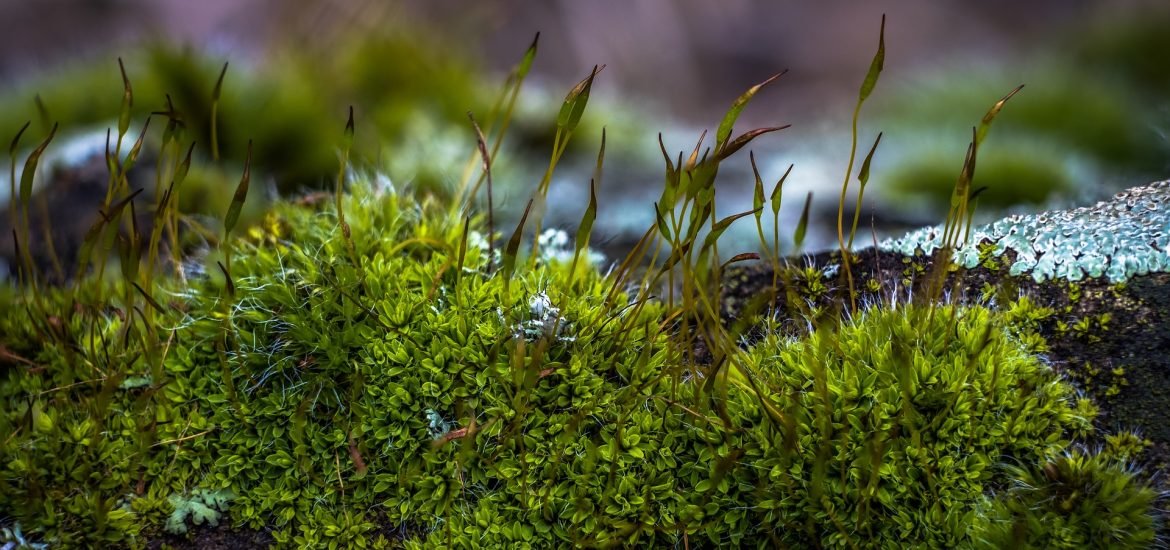
Scientists in Sweden have discovered a type of moss that is capable of removing arsenic from contaminated water in as little as an hour. The researchers say their findings not only provide an eco-friendly way of purifying water, but could also help filter out arsenic from contaminated food.
Warnstofia fluitans, an aquatic moss that grows in northern Sweden, can quickly absorb arsenic from water, making it safe to drink, according to a study published in the journal Environmental Pollution. Researchers at the University of Stockholm found that the moss absorbed as much as 82% of toxins in the water within an hour, and that both living and dead moss successfully removed the contaminant.
“Our experiments show that the moss has a very high capacity to remove arsenic,” said research assistant Arifin Sandhi. “It takes no more than an hour to remove 80% of the arsenic from a container of water. By then, the water has reached such a low level of arsenic that it is no longer harmful to people.”
Arsenic is a chemical element found in the earth’s crust and is naturally present in the groundwater in some countries. According to World Health Organisation (WHO) estimates, more than 200 million people worldwide are exposed to arsenic concentrations in their drinking water that exceed the recommended limit. Many of those affected reside in southern Asia and South America. Long-term arsenic exposure can cause health problems including cancer, skin lesions, cardiovascular disease and diabetes.
Although the use of arsenic compounds in wood products was banned in Sweden in 2004, researchers said bodies of water in the country are still contaminated by arsenic through mining. In northern Sweden, ground and bedrock naturally contain arsenic. Mining activity in the region brings the substance to the surface and then releases it into nearby wetlands and water sources used for growing crops and drinking.
According to the researchers, Swedish crops affected by arsenic contamination include leafy greens, root vegetables and wheat. In other countries, it is not unusual for rice to contain arsenic, sometimes at high levels.
“How much arsenic we consume ultimately depends on how much of these foods we eat, as well as how and where they were grown,” said Maria Greger, a Stockholm University associate professor who led the research.
The team suggested growing the moss in streams and other bodies of water containing high levels of arsenic, saying this would be an environmentally friendly way of purifying the water.
“Our aim is that the plant-based wetland system we are developing will filter out the arsenic before the water becomes drinking water and irrigation water. That way, the arsenic will not make it into our food,” Greger added. She and her colleagues hope the system “will solve the arsenic problem in Sweden’s northern mining areas.”